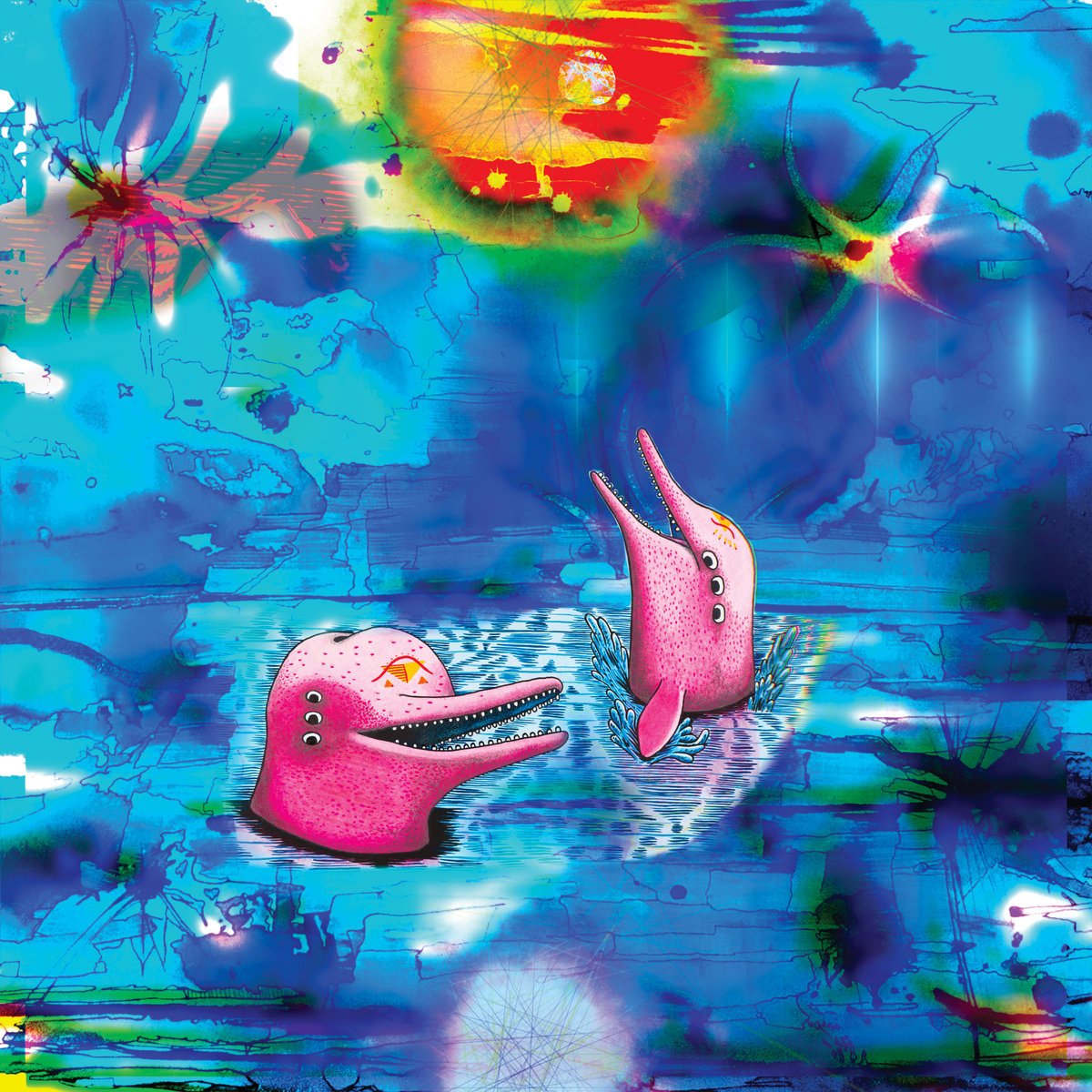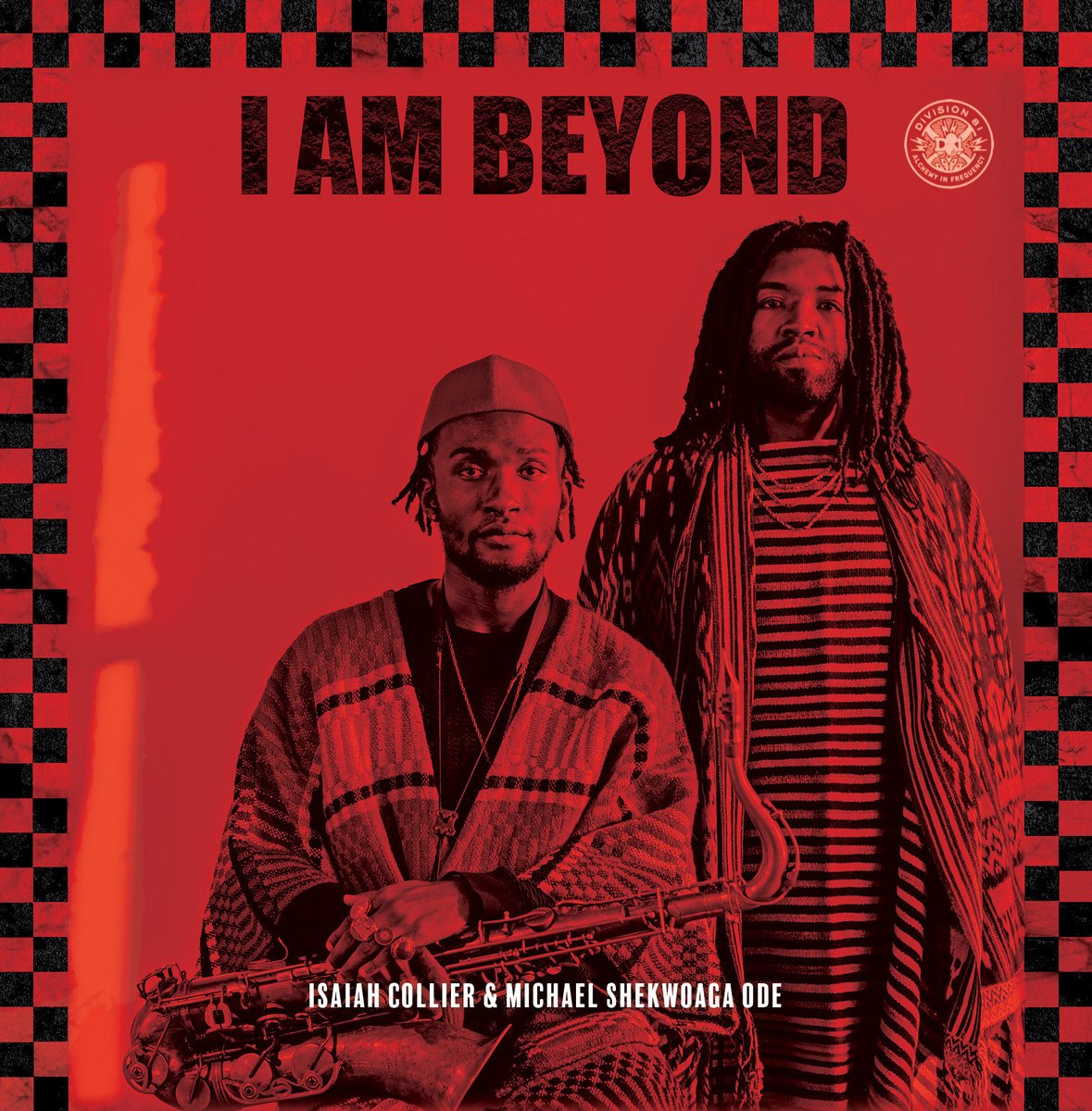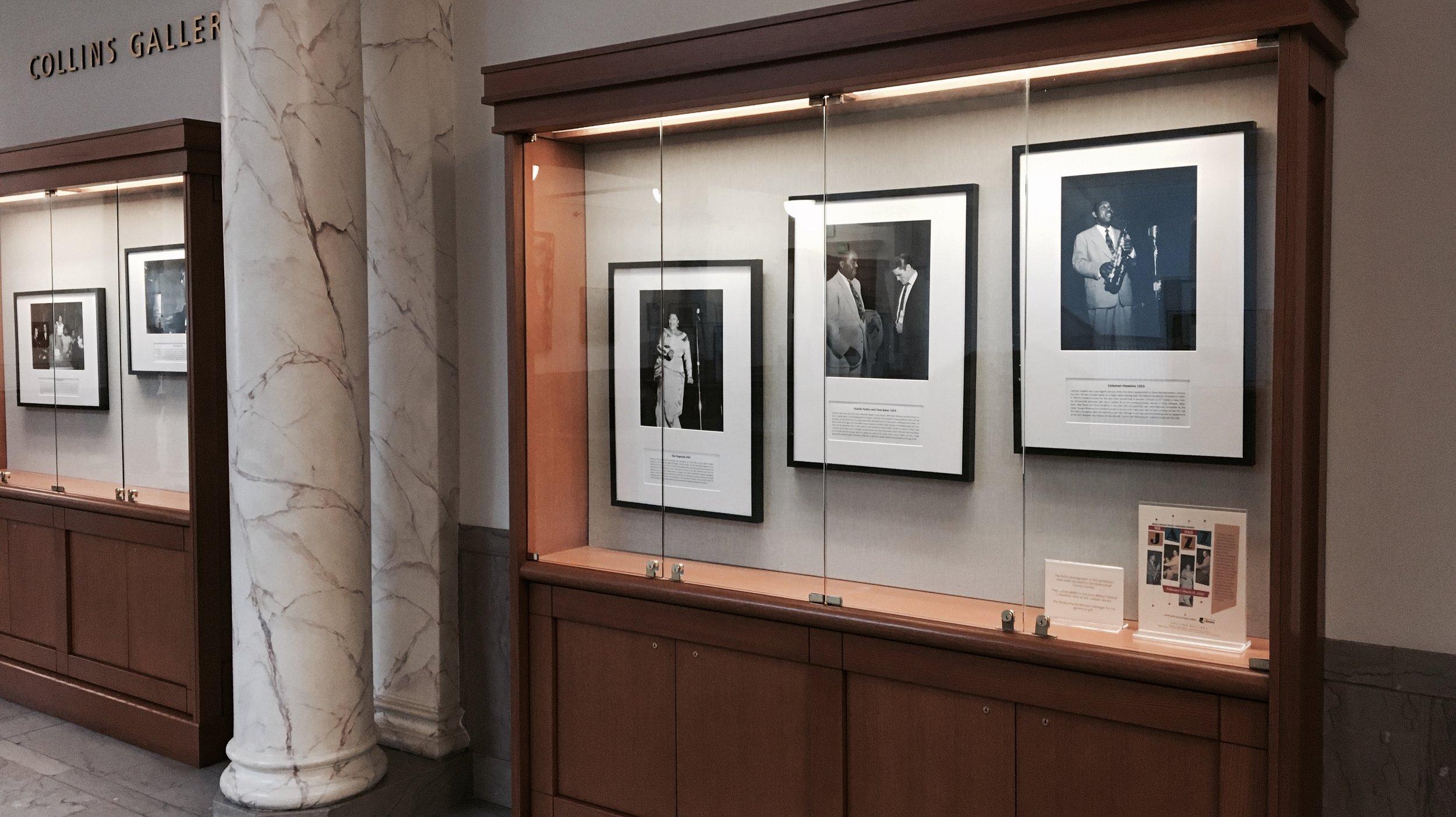On “Easyjet,” a brief skit placed in the middle of 700 Bliss’s 2022 album Nothing to Declare, DJ Haram and Moor Mother mock the spoken word artist’s vitriolic persona: “who wants to hear that sh*t?… Moor Mother’s all like ‘blah blah blah blah blah blah’… is this even music?”
The bit is hilarious in part because Moor Mother is susceptible to accusations of being noisy for the sake of noise. And her rage has occasionally lacked focus. Yet she’s completely on point on the melodic new album Jazz Codes. In reclaiming the notion of jazz as a revolutionary sound of freedom, Moor Mother crafted a vital work of art. Rejecting polite supper club sounds and the associated cultural appropriation of the form, she insists jazz belongs on riot-torn streets.
Two of the best tracks celebrate the religious faith of Mary Lou Williams and memorialize the ill-fated trumpeter Woody Shaw. Yet Jazz Codes isn’t nostalgic. Homages to the likes of John Coltrane, Billie Holiday and Amina Claudine Myers are peppered with references to D’Angelo, Tupac Shakur and Kanye West. Jazz Codes affirms that Moor Mother has grown into an invaluable component of that musical continuum.
Jazz scholar Thomas Stanley makes a statement of purpose on the last selection: “ultimately, perhaps it is good that the people abandoned jazz- replaced it with musical products better suited for capitalism’s designs. Now jazz jumps up like Lazarus if we allow it, to rediscover itself as a living music.” Jazz Codes is capable of accelerating this welcome resurrection.
My enthusiasm comes with a caveat. I made a 300-mile round trip to see Moor Mother perform with Irreversible Entanglements in the midst of the pandemic. The band’s Open the Gates was my second-favorite album of 2021. And I featured Moor Mother’s Black Encyclopedia of the Air in the seventh episode of my In My Headache podcast. Jazz Codes is my presumptive top album of 2022, but less adventurous listeners might wonder if it’s “even music.”







